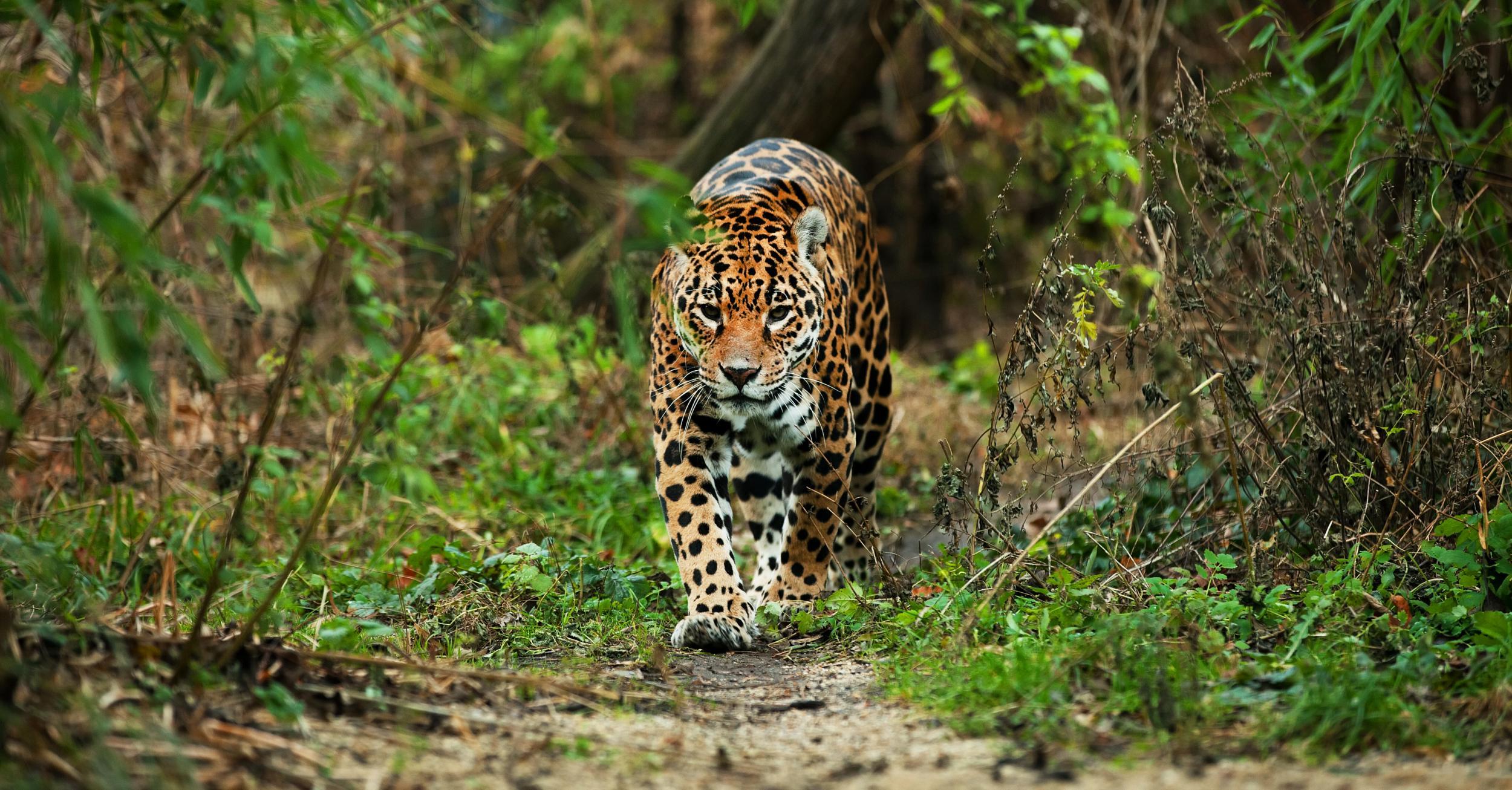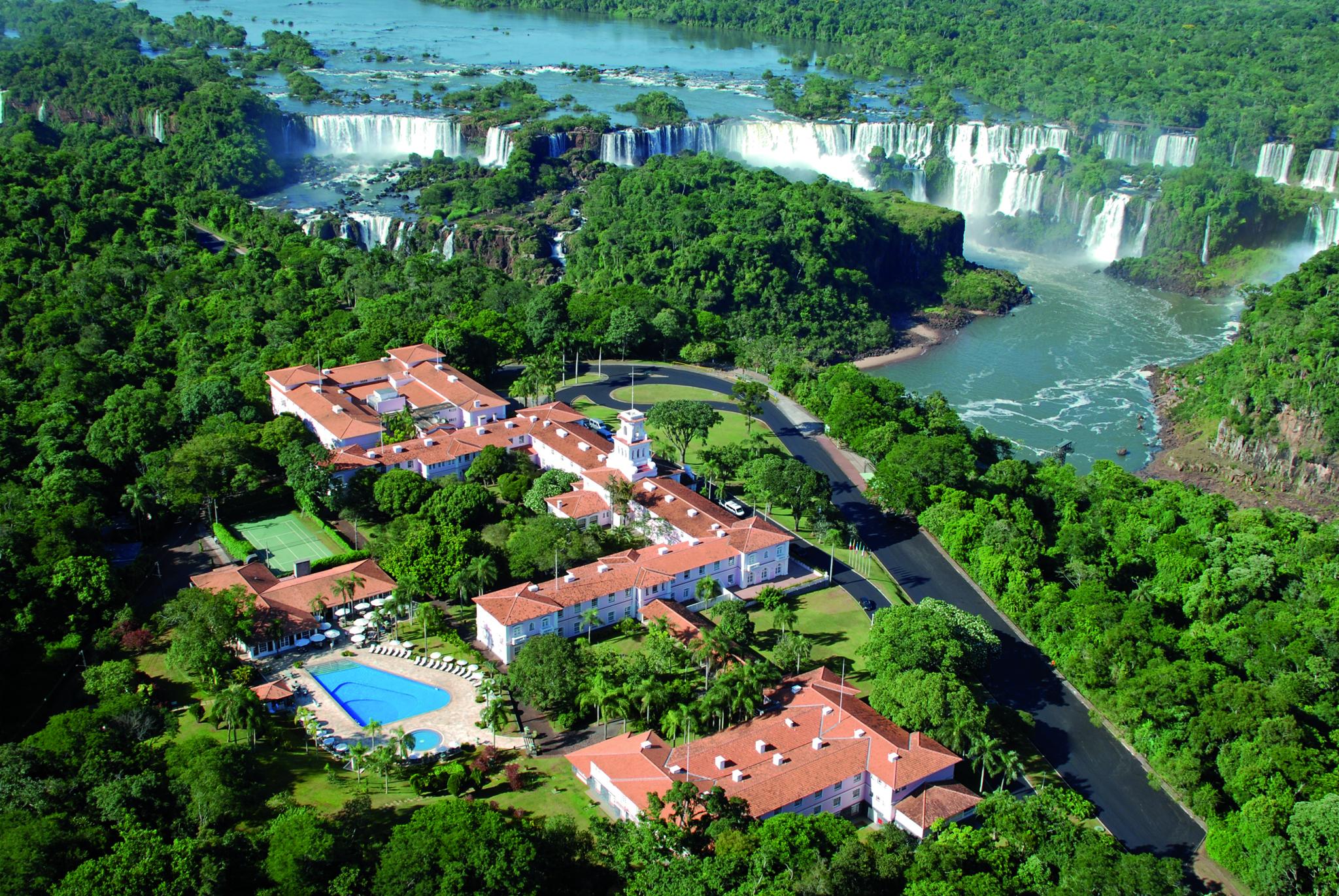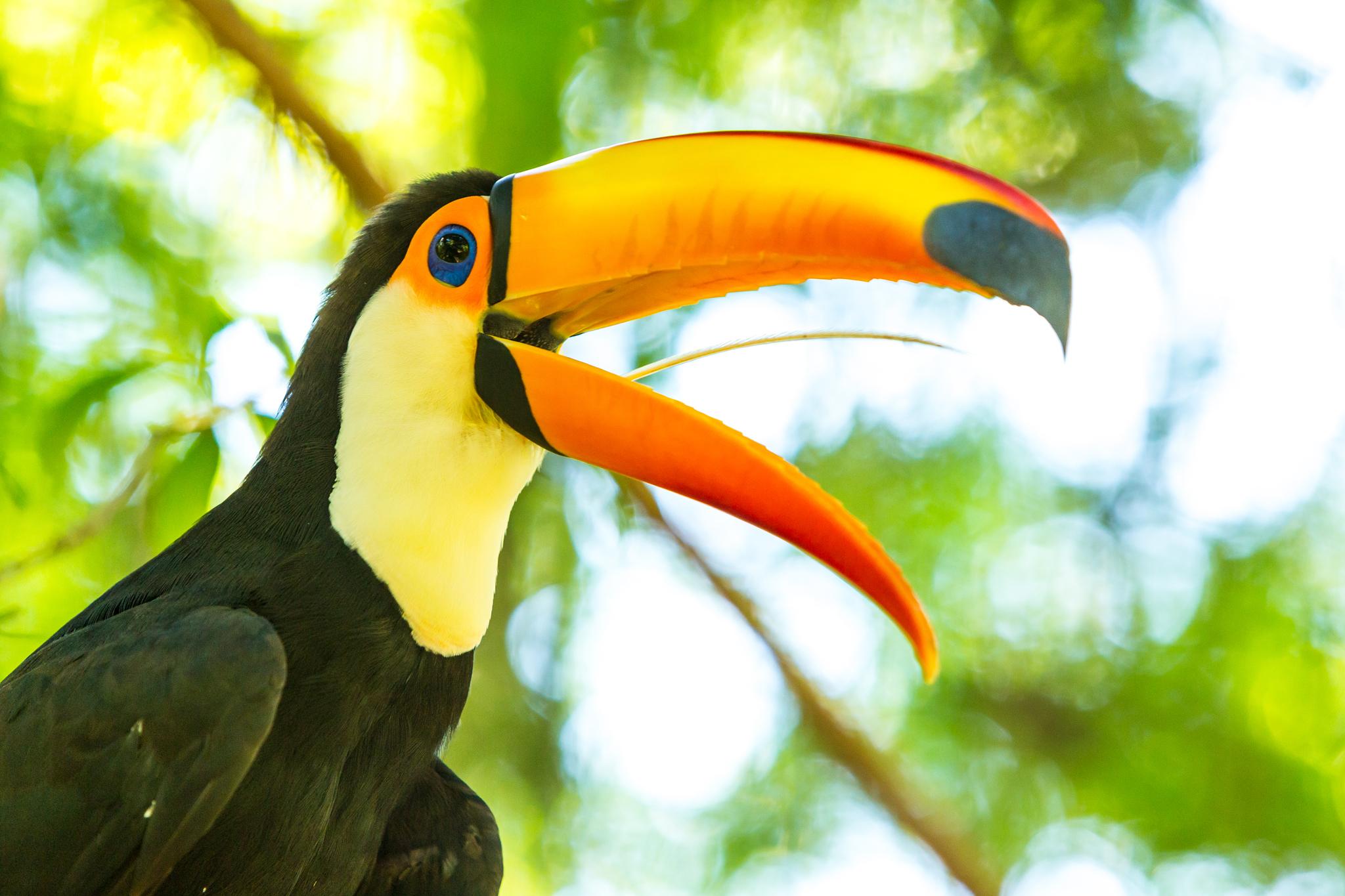Lucky spot: jaguars in Brazil's Iguacu National Park
This vast expanse of wilderness is home to an array of wildlife, and thanks to conservation work its once-dwindling big cat population is starting to thrive again

Your support helps us to tell the story
From reproductive rights to climate change to Big Tech, The Independent is on the ground when the story is developing. Whether it's investigating the financials of Elon Musk's pro-Trump PAC or producing our latest documentary, 'The A Word', which shines a light on the American women fighting for reproductive rights, we know how important it is to parse out the facts from the messaging.
At such a critical moment in US history, we need reporters on the ground. Your donation allows us to keep sending journalists to speak to both sides of the story.
The Independent is trusted by Americans across the entire political spectrum. And unlike many other quality news outlets, we choose not to lock Americans out of our reporting and analysis with paywalls. We believe quality journalism should be available to everyone, paid for by those who can afford it.
Your support makes all the difference.“Walk backwards slowly and don’t make eye contact with the jaguar,” is probably the most alarming thing a hotel employee has ever said to me.
The big cat in question was sitting metres away, deep in the undergrowth of the Brazilian side of the Iguacu National Park. We discovered it in the most unlikely and un-Attenborough of ways: on a nighttime, post-Martini expedition around the forest surrounding our hotel. “In 11 years I’ve never come across a jaguar in the wild,” one of the hotel’s eco guides and conservationists told us before we set off into the night. A wrong turn later and our car stopped suddenly, metres away from a pair of glistening cats’ eyes.
As those of us with Instagram accounts recklessly disembarked, our Brazilian driver stayed put. “I have a wife and children,” he explained.

Some 35 jaguars roam the national park, a vast tropical rainforest spanning Brazil and Argentina (where it is known as Iguazu), best known as the home of the stupendous Iguacu Falls. Among the most awe-inspiring waterfalls in the world, at 80m high and 3km wide, they split the forest in two at its heart before crashing into the Parana River. Puffs of spray rise from the falls, coat the forest and keep its delicate ecosystem in balance; but only just. Human activity – including poaching – saw the big cat population dwindle to just six jaguars and 30 pumas a decade ago. Meanwhile the impact of mass tourism (the falls are one of the most visited sites in Brazil) drove a wedge between conservationists and tour operators.
This all changed with the launch of a project, Carnivores of Iguassu, with the support of the hotel group Belmond, which owns the only hotel in the Brazilian forest, Das Cataratas. Aimed at improving survival and breeding rates, researchers working on the project fitted animals with tracking devices to keep a record of their numbers, movements and behaviour. Fixed night-vision cameras were set up throughout the park to photograph the animals and track their activity; and when animals strayed into human areas, a team would come and pick them up.

Collecting footage from these cameras at night, armed with only a walkie-talkie, fell under our guide’s heart-stopping remit. After bidding goodbye to the jaguar we joined her on an “eco walk” down a quiet track, deeper in the forest. Perhaps because of our recent encounter with a big cat, just a few hundred metres away, it felt very much like we were being watched from the darkness. Our guide told us, reassuringly, that this was quite likely, given the jaguars’ recent behaviour and the time of night.
The camera we trekked to hadn’t caught a jaguar, but it had managed to record a host of other creatures. The footage was reminiscent of the Blair Witch Project: creatures with huge, white eyes poked the camera suspiciously and ran away. Mission accomplished for the night, we retreated back to the hotel for another stiff Martini.
Far above the forest in a helicopter the next morning the remarkable odds of our walking straight into a jaguar became obvious. The park stretches for 457,794 acres on the Brazilian side alone; across the Iguazu River in Argentina its counterpart covers 165,760. In reality this looks like a carpet of green haze, where the spray from the falls rises like a cloud between the two sides.
As well as big cats, Iguacu and Iguazu are home to more than 2,000 plant species; toucans and parrots; giant anteaters and monkeys; as well as, less glamorously, the world’s largest rodent, the four-foot long capybara.

Conservation projects are ongoing on both sides of the park: in Brazil an environmental school teaches children from state schools about the park’s ecology, while in Argentina the the Güirá Oga Animal Rehabilitation Centre rescues, treats and rehabilitates wounded animals. The hospital operates tours that take you around the park and introduces you to the patients. Its Brazilian equivalent, the Parque das Aves (Bird Park) cares for more than one thousand birds in a rioutously noisy, colourful chunk of the forest. Around half the birds have been seized by police and border control, rescued from mistreatment, trafficking and illegal possession.
Among the toucans and the trees, Iguacu feels a world away from Rio’s frenetic heat. In reality it’s a short flight away, and when the Olympics start next week it will be a haven for tourists. While my encounter with a jaguar was a lucky one, the odds of meeting a big cat in the park have soared thanks to the efforts of conservationists and a hard-won truce with the tourist industry. Just remember to back away slowly and not make eye contact.
Travel essentials
Getting there
GOL (voegol.com) and Latam Airlines (latam.com) fly direct from Rio Galeao to Foz do Iguacu.
TAP Portugal (flytap.com) flies from Heathrow, Gatwick and Manchester to Rio via Lisbon 16 times a week, from £685 return.
Staying there
Belmond Hotel Das Cataratas (00 55 45 2102 7000; belmond.com). Doubles from R$1,288 (£300) icluding breakfast.
Visiting there
Helisul (00 55 45 3529 7327; helisulfoz.com.br). Tours from US$120 per person.
Parque das Aves (00 55 45 3529 8282; parquedasaves.com.br). Entry R$36.
More information
Join our commenting forum
Join thought-provoking conversations, follow other Independent readers and see their replies
Comments